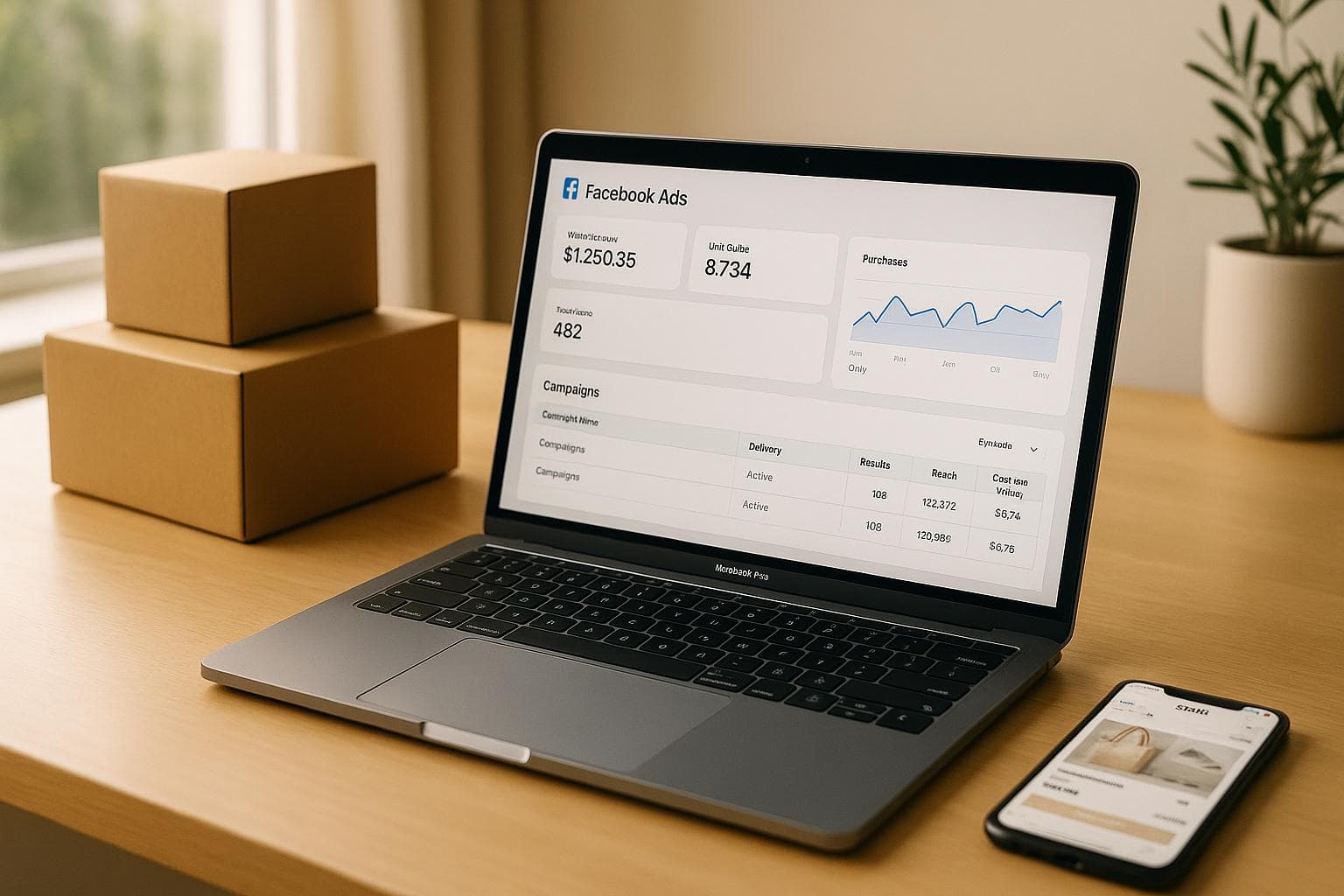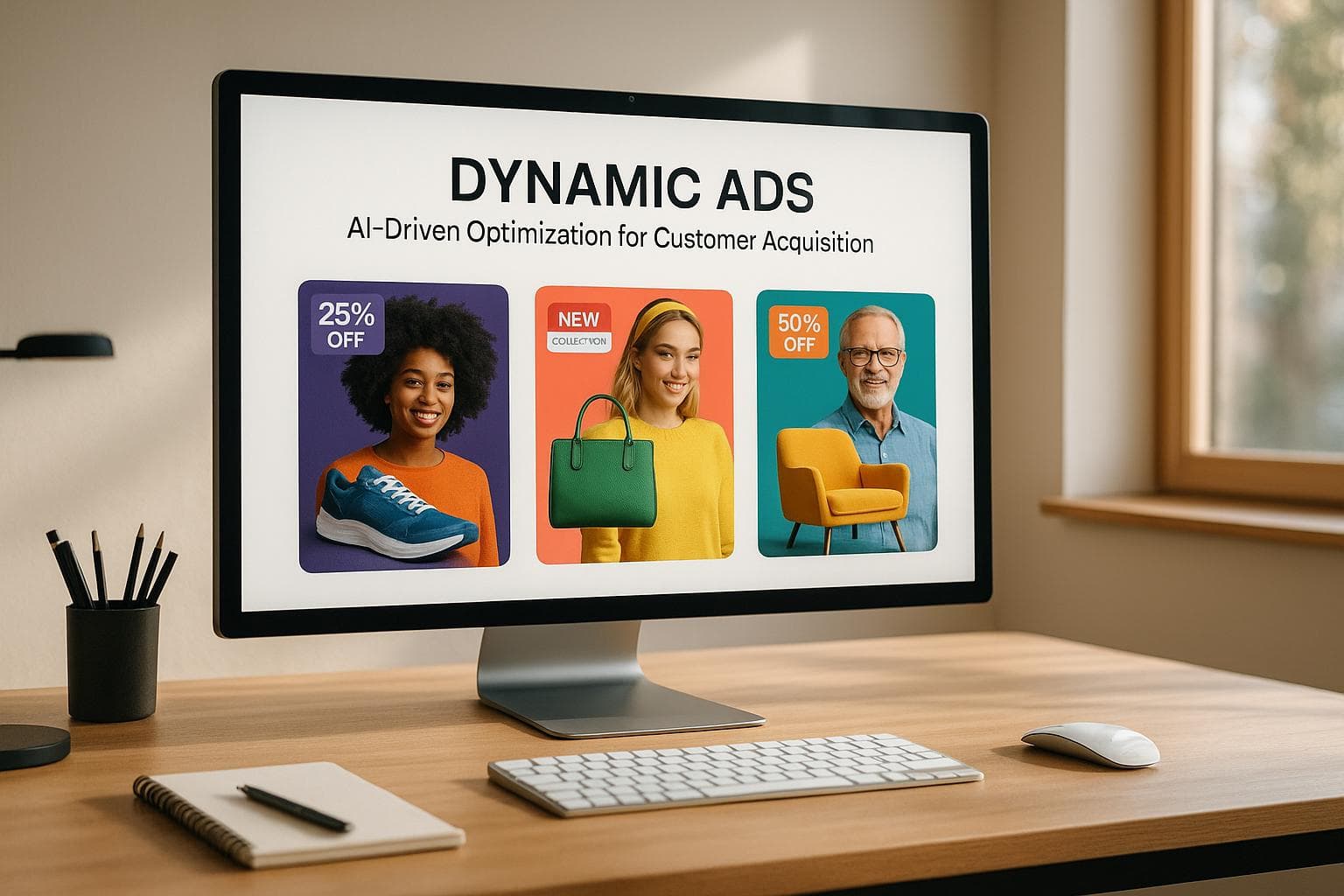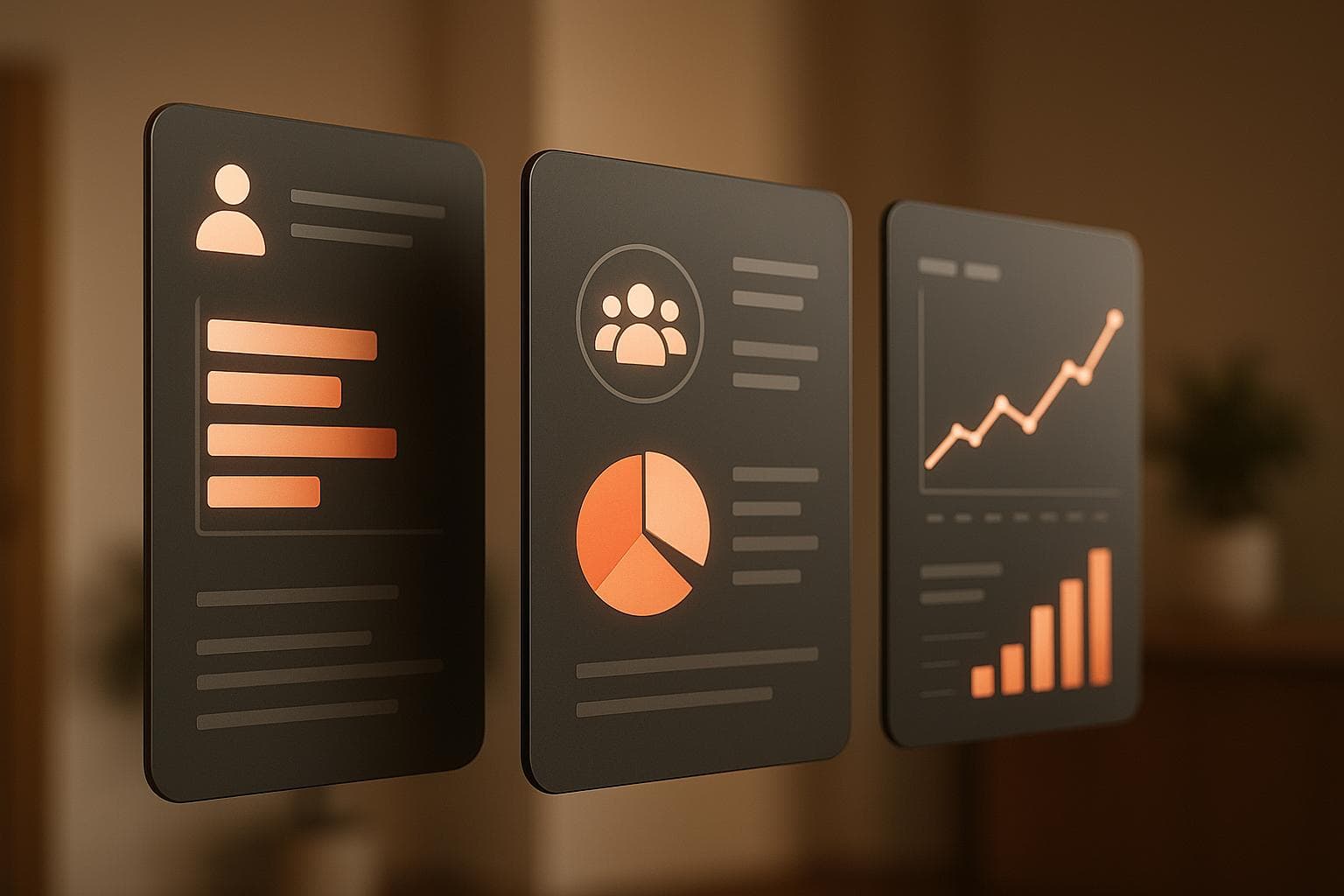How to Test, Run, and Scale Facebook Ads for Ecommerce
Learn how to test, run, and scale Facebook ads effectively for ecommerce success. Boost sales and grow your Shopify store with proven strategies.
In the fast-paced world of e-commerce, running successful advertising campaigns can be the difference between modest growth and generating six-figure monthly revenue. This article unpacks a practical and proven Facebook ad strategy derived from a detailed video tutorial. By following this strategy, e-commerce entrepreneurs - whether seasoned or new - can learn how to structure their campaigns, uncover winning products, and use data-driven decision-making to optimize results.
This guide is tailored for small-to-medium e-commerce business owners and marketers who are looking to scale their sales efficiently while leveraging Facebook’s algorithm and cost-saving tools like campaign budget optimization (CBO). Let’s dive in.
Why This Strategy Works
The strategy discussed in the video has achieved over $200,000 in monthly sales for a Shopify dropshipping store. Its core components include finding trending products, creating a thoughtful ad structure, and utilizing advanced tools like audience segmentation and cost caps. By breaking the process into manageable steps, this approach simplifies what often seems like an overwhelming task, making it accessible even to those with minimal technical skills.
The Structure of Success
This guide is divided into three core parts:
- Product Discovery: How to identify profitable, trending products.
- Campaign Testing and Scaling: Structuring campaigns to minimize risk and maximize returns.
- Retargeting and Workflow Automation: Recovering lost sales while maintaining engagement.
1. Finding the Right Products to Test
Before you can scale, you need a winning product. The methodology shared in the video focuses on leveraging Facebook's algorithm and ad spy tools to uncover trending products.
Organic Product Discovery on Facebook
- The first method involves "training" Facebook’s algorithm to showcase viral ads. This is achieved through deliberate interaction with ads that promote e-commerce products.
- Steps:
- Scroll through your Facebook feed and engage with e-commerce ads by clicking, visiting the product page, adding items to your cart, and beginning checkout (without completing it).
- Over time, Facebook will begin showing more ads for trending products, making it easier to identify patterns and potential winners.
- How to Validate a Product:
- Look for ads that have:
- Recent Posting Date: Ads posted within the last few weeks.
- High Engagement: 3,000+ views, hundreds of likes, and active recent comments.
- Check whether comments are recent and relevant. If comments are outdated (weeks or months old), it’s likely the product is no longer trending.
- Look for ads that have:
- Steps:
Using Ad Spy Tools
For those who want a faster route, ad spy tools like Mana can help identify successful products quickly.
- Filter databases by:
- E-commerce platform: Focus on Shopify stores.
- Engagement Threshold: Ads with over 1,000 likes.
- Target Market: Choose specific countries, like the U.S., for better scalability insights.
- Look for two key product characteristics:
- Problem-Solving Products: Items that address specific challenges (e.g., pain relief insoles for children).
- Wow Factor: Products that immediately grab attention or intrigue users.
By analyzing competitors’ ads and product pages, you can determine pricing strategies, customer pain points, and marketing angles that resonate with buyers.
2. Testing and Scaling Campaigns
The next step is to structure your Facebook ad campaigns for both testing and scaling. This involves creating separate business managers and ad accounts to minimize risk and maximize efficiency.
Ad Account Structure
- Business Manager 1: Focuses exclusively on scaling successful ads.
- Business Manager 2: Dedicated to testing new creatives and ad sets.
- This dual-account setup mitigates risks associated with ad account bans and ensures continuity in ad performance.
Creative Testing with CBO
Campaign Budget Optimization (CBO) allows Facebook to allocate your budget dynamically across ad sets, ensuring efficient spending. Here’s how to set it up:
- Launch a CBO Campaign:
- Assign a budget at the campaign level.
- Create multiple ad sets, each testing 3–5 variations of creatives.
- Let Facebook decide which creatives it finds most promising based on engagement and conversions.
- Analyze Results:
- Identify winning creatives and turn off underperforming ones.
- Duplicate successful ad sets and replace old creatives with new ones to continue testing.
This iterative testing process saves money by letting Facebook prioritize efficient spending, rather than forcing new creatives to fit a pre-determined budget.
Scaling with Cost Caps
Once you’ve validated winning creatives, bring them into a dedicated scaling campaign:
- Broad Targeting: Use a single ad set with no specific demographic filters, allowing Facebook to find the best audience.
- High Daily Budget: Set a high limit (e.g., $9,000/day), but use "Cost Cap" bidding to ensure profitability.
- Cost Caps allow Facebook to spend only when it can secure conversions below your desired cost-per-result.
The strategy prioritizes long-term profitability over steady daily spending. Expect fluctuations - some days might see low ad spend, while others could result in record-breaking revenue.
3. Retargeting and Workflow Automation
Even the most optimized campaigns will lose potential customers along the way. Retargeting and email workflows play a crucial role in recovering abandoned carts and optimizing customer engagement.
Retarget with Facebook’s Built-In Tools
Facebook now offers advanced audience segmentation within campaigns:
- Create custom audiences for:
- All Website Visitors (last 30 days).
- Page Viewers (last 30 days).
- Add-to-Cart Users (last 30 days).
- Purchasers (last 180 days).
- Include these audience segments in your campaigns.
- Track performance using Audience Segment Reporting to see how much of your budget is allocated to retargeting versus acquiring new customers.
By analyzing these metrics, you can adjust your ad strategy to balance acquisition and retargeting for maximum efficiency.
Workflows for Abandoned Carts
Automated emails can recover a significant portion of lost sales. Set up workflows for:
- Abandoned carts: Send reminders and offer time-sensitive discounts (e.g., 15%) to incentivize checkout.
- Welcome series: Engage new subscribers with insights about your brand and product benefits.
- Cross-sells and upsells: Encourage repeat purchases with complementary product suggestions.
Focus on simplicity and clear messaging in your emails. Often, a well-timed reminder is all it takes to convert a hesitant buyer.
Key Takeaways
Identify Winning Products:
- Use Facebook’s algorithm by engaging with e-commerce ads.
- Validate products through engagement metrics and recent activity.
- Leverage ad spy tools for faster discovery.
Optimize Ad Campaigns:
- Use separate ad accounts for testing and scaling to reduce risk.
- Test creatives with CBO to minimize wasteful spending.
- Scale using Cost Caps to ensure profitability, even at high budgets.
Recover Lost Sales:
- Set up automated workflows for abandoned carts, welcome emails, and upsells.
- Use Facebook’s audience segmentation to retarget potential customers effectively.
Balance Acquisition and Retargeting:
- Analyze budget allocation between new and returning customers.
- Adjust strategies based on audience performance.
Conclusion
Scaling an e-commerce business to six-figure monthly revenue may seem daunting, but with a well-structured Facebook ad strategy, it becomes a manageable, repeatable process. By identifying trending products, testing campaigns efficiently, and recovering lost sales through retargeting and email workflows, you can unlock the full potential of your online store.
This approach provides a clear roadmap, regardless of technical expertise. The key is consistency, attention to data, and a willingness to refine your strategy based on what works. Start small, test frequently, and scale confidently - success is within reach.
Source: "how i test, run, and scale facebook ads for ecom." - taysthetic., YouTube, Aug 4, 2025 - https://www.youtube.com/watch?v=Vg30rO24gpM
Yohann B.










